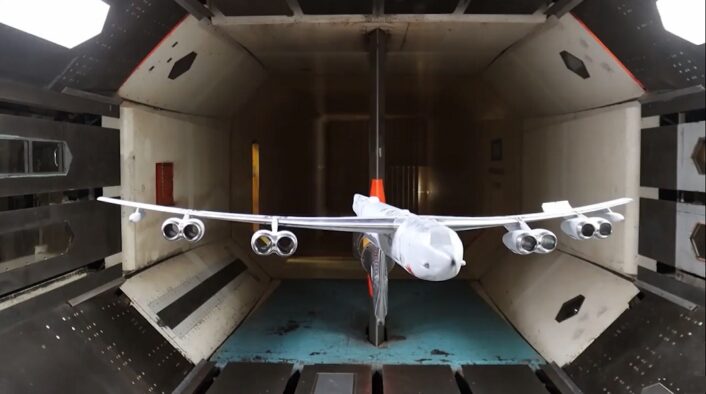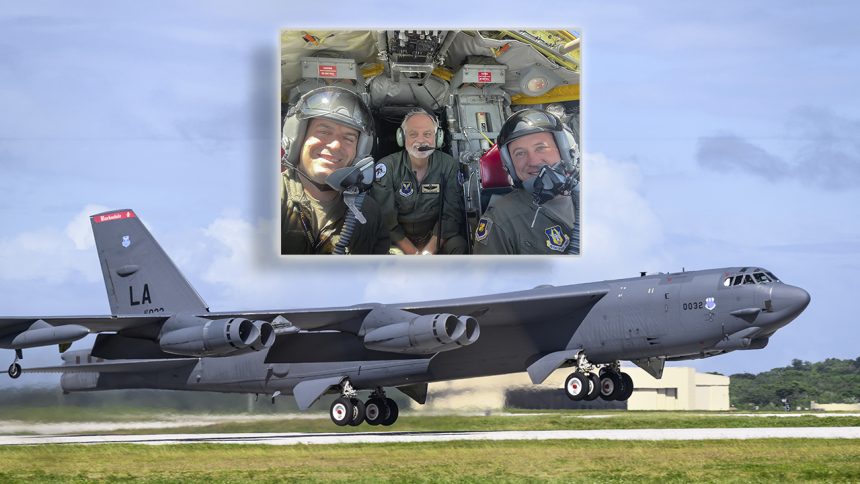The last time William “Bill” Pedeaux had flown in the B-52 was when he was on active-duty at now defunct Castle Air Force Base, California…almost three decades ago.
Last week, William “Bill” Pedeaux, a contracted academic instructor for the B-52 Stratofortress bomber, took in the familiar surroundings of the B-52H Stratofortress cockpit at Barksdale Air Force Base, Louisiana, for the first time in over 28 years.
Pedeaux had last piloted the iconic bomber during his active-duty days at the now-closed Castle Air Force Base, California and nowadays, he spends his time teaching student pilots how to fly the bomber in a flight simulator at the jet’s Formal Training Unit (FTU).
During his active-duty years, the New Orleans native, now 70 years old, participated in intense bombing runs at 800 feet, flying in formation with other B-52s.
Today, the B-52 retains its capability for close-range weapons attacks, but technological advancements have also transformed it into a powerful standoff weapon.
A B-52 crew can now receive digital target coordinates via satellite from Air Operations Centers worldwide, seamlessly input these coordinates into the aircraft, and launch a precision missile or drop a bomb from hundreds of miles away without needing radio communication.
“The fundamentals of flying the B-52 are the same, but the mission has changed so much,” said Pedeaux.
The B-52H is today much different, in terms of avionics, systems and sensors, than the Stratofortress the veteran instructor was used to fly and there are things that can’t be learned in simulators and then taught to students.
Technological upgrades like the Combat Network Communications Technology (CONECT), introduced in 2016, aren’t available in the simulator. CONECT allows B-52 aircrews to receive digital tasking messages and real-time intelligence and threat data from multiple sources. “I can’t teach CONECT in the simulator simply because it isn’t available,” said Pedeaux.
However, a new initiative by FTU leaders is allowing instructors like Pedeaux to join actual B-52 sorties to enhance training for student pilots.
This initiative, backed by Lt. Col. Michael DeVita of the 11th Bomb Squadron, addresses the discrepancies between the simulator training and the real jet. DeVita oversees the active-duty squadron that works with the Air Force Reserve’s 93rd Bomb Squadron to run the FTU.
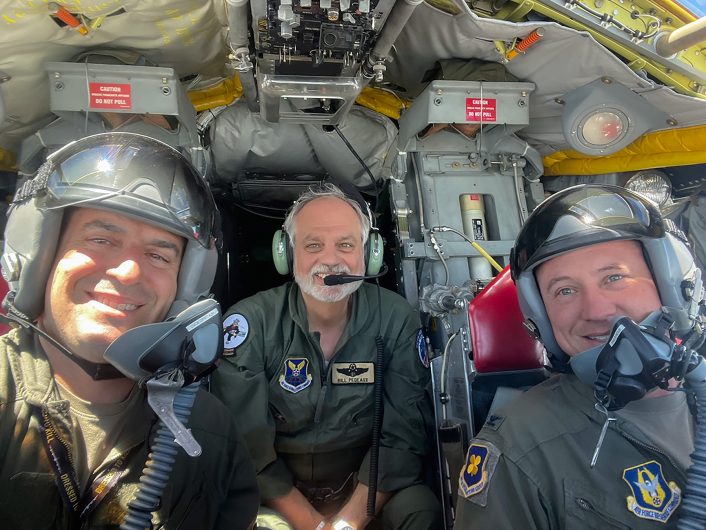
“Modifications have been made to the B-52, but not the simulator,” DeVita said. “So we constantly focus on how to make up for the differences between what students can learn in the simulator versus what they experience in reality,” he said.
To bridge this gap in simulator training, Pedeaux emphasizes a combination of practical experience and theoretical knowledge.
Experiencing these upgrades firsthand in-flight helps instructors bridge the gap in their teaching: the immersion flights aim to reduce that frustration by allowing academic instructors to observe CONECT in action during actual missions.
DeVita believes that experiencing CONECT firsthand will enhance the instructors’ understanding and boost their credibility when teaching this system to students.
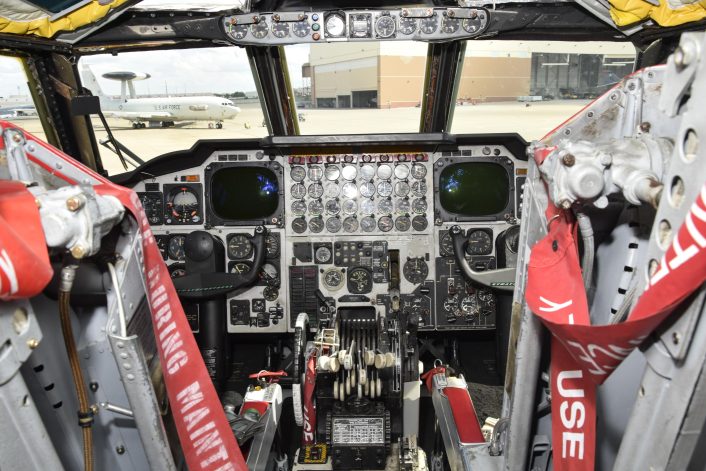
“You have these great instructors with all this knowledge about the jet, but when it comes to CONECT, until now, they’ve received the same training their students have,” said DeVita.
Innovative training methods like these have become standard practice for the 93rd and 11th BS, which also use virtual reality trainers for in-air refueling and cockpit checklists.
“We’ve gotten really good at keeping the train rolling down the tracks no matter what happens with upgrades,” said DeVita. “As the jet becomes more software-centric, we have to meet those challenges to keep up.”
DeVita mentioned that all contract academic instructors on Pedeaux’s team would get the chance to fly on the B-52.
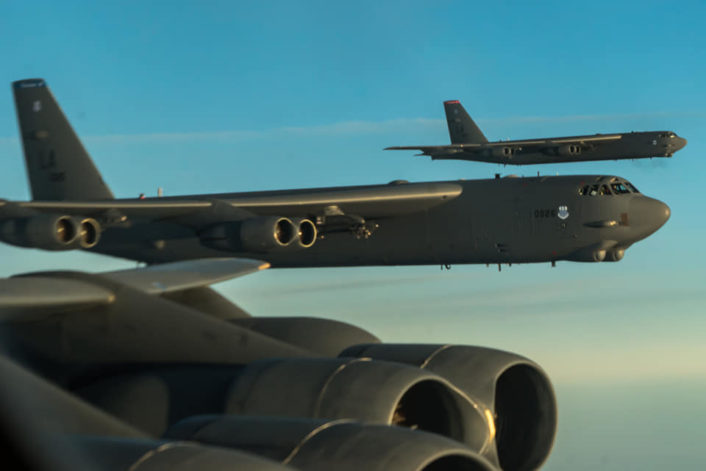
Pedeaux insisted on being the first, showcasing a leadership trait from his days as an active-duty pilot and instructor. Even at 70, Pedeaux cherishes the chance to keep learning and stay as engaged as the jet that has been central to his career. He acknowledged feeling some nervousness about flying the B-52 after 28 years. However, the desire to learn outweighed his concerns.
“I may be a dinosaur, but I’m a meat-eating dinosaur,” he said with a broad smile.
Dealing with “dinosaurs”, let’s not forget that the B-52 entered service in 1955 with the last bomber delivered in 1962. When it entered service, the B-52 had a projected lifespan of 20 years. However, since the B-52 remains a critical asset in national defense due to its ability to adapt to emerging threats, the Air Force plans to keep its remaining fleet of 76 B-52 bombers (out of 744 produced) in service until 2060, when the average age of the aircraft will be 100 years.
